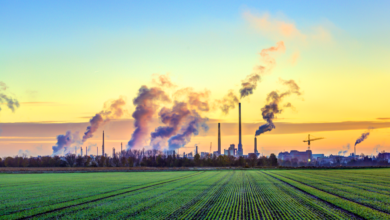Goodbye electric car Apple, Cupertino moves investments on AI

It has been around since 2015, but the Apple electric car will never see the light
– Counterorder, comrades. No more electric mobility with autonomous driving, all on generative AI. This is what happens in Cupertino, where the Apple electric car project would have been abandoned yesterday. The “Project Titan“, this is the name of the program, as reported by Bloomberg, would be closed. The company, says the American newspaper, would have announced internally that a large part of the team of two thousand people destined to realize Project Titan will be moved to the artificial intelligence sector.
Apple’s chief operating officer, Jeff Williams, and project vice president Kevin Lynch, would inform employees of the discontinuity. Not everyone will be saved. The failure of the Apple electric car would leave a trail of layoffs, but it is unclear how many.
The multinational’s efforts to build its electric car have been recounted since 2015. Recent news suggested that Apple was still working on it. Just earlier this month, Wired reported that the Silicon Valley giant had achieved encouraging results. Apple’s autonomous driving technology allowed its prototypes to travel more than 45,000 miles in 2023. At the same time, however, the news leaked that plans for the launch of the electric car had climbed to 2028.
The end of Project Titan
At Project Titan, distinguished minds were working. Apple had hired Tesla’s former Autopilot software director and former startup CEO EV Canoo. However, the plans seem to have met with internal skepticism and faced high labour turnover that has not helped consolidate them.
Meanwhile, reports have suggested that the car, which was expected to cost less than $100,000, would not have the advanced autonomous driving capabilities that the company originally hoped for. At this point, it seems clear that efforts will be directed elsewhere. The AI is the industry suspected to absorb most of the workers of Project Titan since Apple spends millions of dollars a day to train an artificial intelligence model called Ajax.





